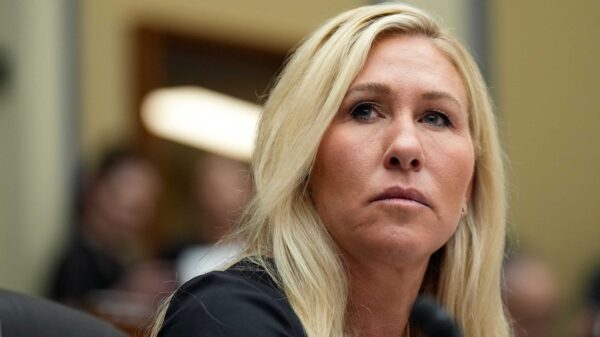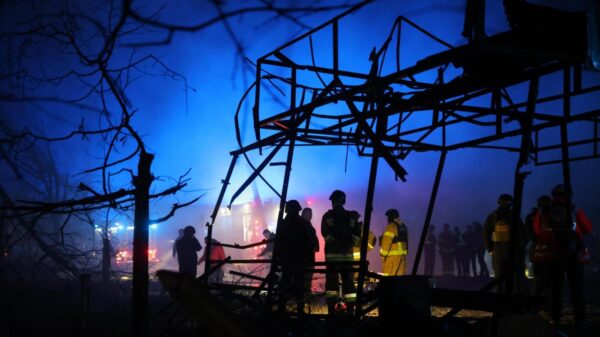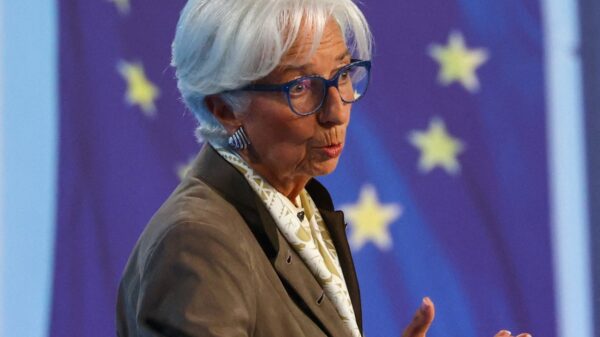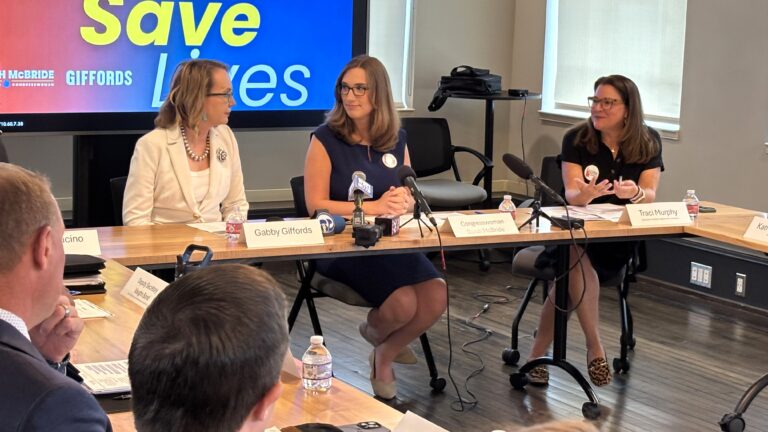Delaware’s recent roundtable discussion on gun violence highlighted both progress and persistent challenges in addressing the crisis. Hosted by Congresswoman Sarah McBride and former Congresswoman Gabby Giffords, a survivor of a mass shooting in 2011, the event focused on the state’s improvements alongside significant disparities related to age and race in gun possession and fatalities.
During the meeting, Giffords emphasized the importance of advocating for effective gun safety policies. She stated, “In Congress, just like I tried to do at the state level, I’ve tried to be a voice for policies that I know at the national level will save lives at a time when we’re seeing a gutting of funding for grants, for programs that are working.”
According to a news release from Delaware Attorney General Kathy Jennings, gun violence in the state decreased by 20% since 2020, with Wilmington finishing 2023 with the lowest homicide rate in five years. In Dover, shootings dropped by 23% during the same period. These statistics reflect a collaborative effort among various stakeholders, including law enforcement and advocacy groups.
The roundtable participants noted that the reduction in gun violence and fatalities from domestic situations represents a successful partnership in data sharing and resource allocation. The critical role of mental health professionals and social workers was highlighted as essential in reaching at-risk individuals.
Despite these advancements, data from the Centers for Disease Control and Prevention and analysis by the Johns Hopkins Bloomberg School of Public Health reveal ongoing issues. While Delaware ranked as having the 13th lowest gun death rate in the nation, its overall gun death rate rose by 8% from 2014 to 2023. Alarmingly, Black males aged 15-34, who represent only 3% of the state’s population, accounted for 40% of all gun homicide deaths.
Wilmington Police Chief Wilfredo Campos reported a concerning trend of younger individuals possessing firearms, including high-caliber weapons. He noted, “One of those was a 12-year-old with a handgun. So that’s what we’re starting to see younger and younger, a generation of kids who are carrying these firearms.”
The federal funding challenges were underscored by Traci Murphy from the Delaware Coalition Against Gun Violence. She stressed the responsibility of policymakers and community members, stating, “When you hear about a 12-year-old accessing a firearm, you know that someone has failed. An adult has failed if a 12-year-old is getting their hands on a firearm.”
Participants at the roundtable also drew attention to the startling reality that suicides exceed homicides in Delaware. A report from the Johns Hopkins Center for Gun Violence Solutions indicated there were 124 gun deaths in 2023, comprising 43 homicides and 76 suicides. This troubling trend reflects a national pattern, with six out of ten gun deaths in the United States in 2023 attributed to suicides, particularly among young Black and Hispanic individuals.
Dr. David Chen, medical director for Empowering Victims of Lived Violence at ChristianaCare, expressed concerns that federal funding cuts, including reductions to food assistance and healthcare, could exacerbate economic instability and contribute to suicidal thoughts. He remarked, “Some persons, they may feel in such distress they get into riskier situations that are reckless.”
Most attendees emphasized that funding remains a critical need for ongoing efforts to combat gun violence. Many expressed apprehension regarding federal budget cuts in recent months, particularly those affecting the Bureau of Alcohol, Tobacco, Firearms and Explosives, which critics argue could hinder violence prevention initiatives.
In summary, while Delaware’s efforts to reduce gun violence show promising results, significant disparities and challenges persist. The commitment from leaders and community advocates to address these issues remains crucial as the state navigates its path forward.




































































